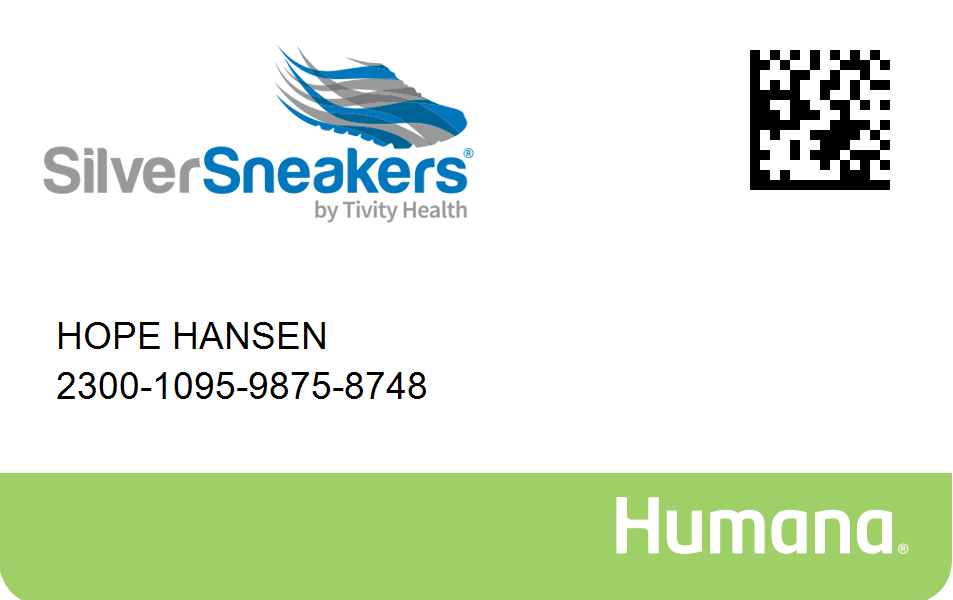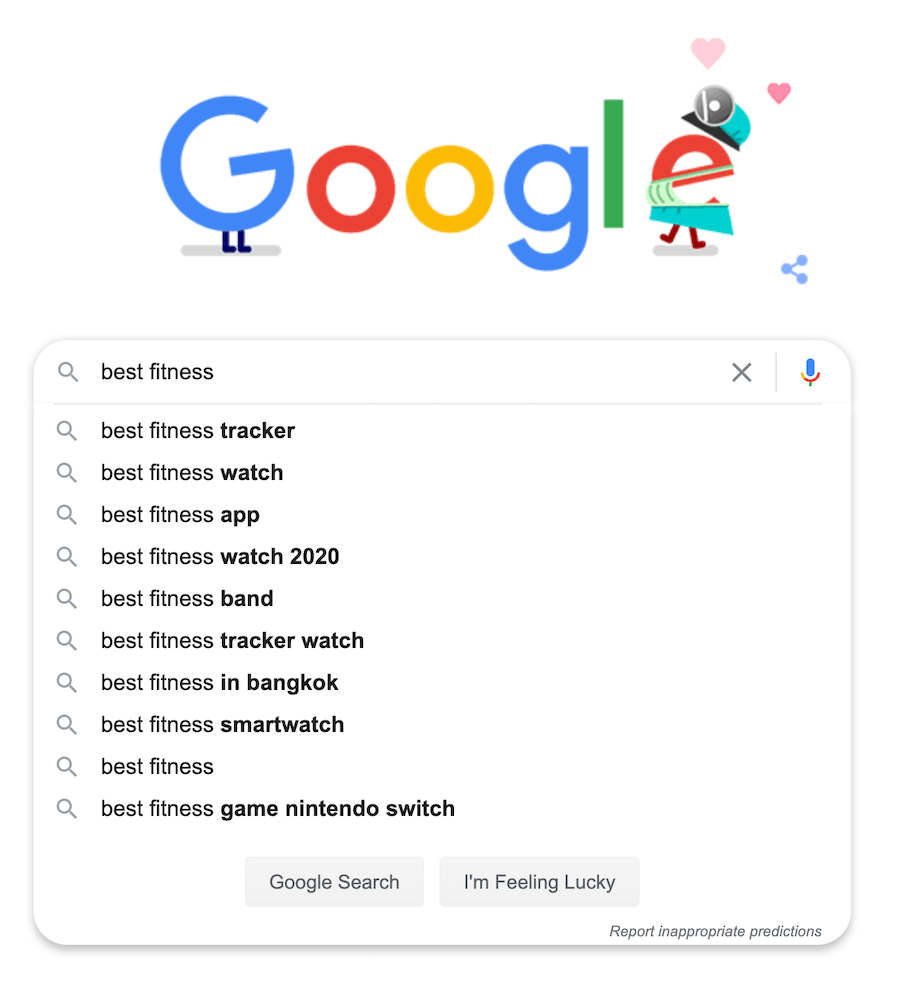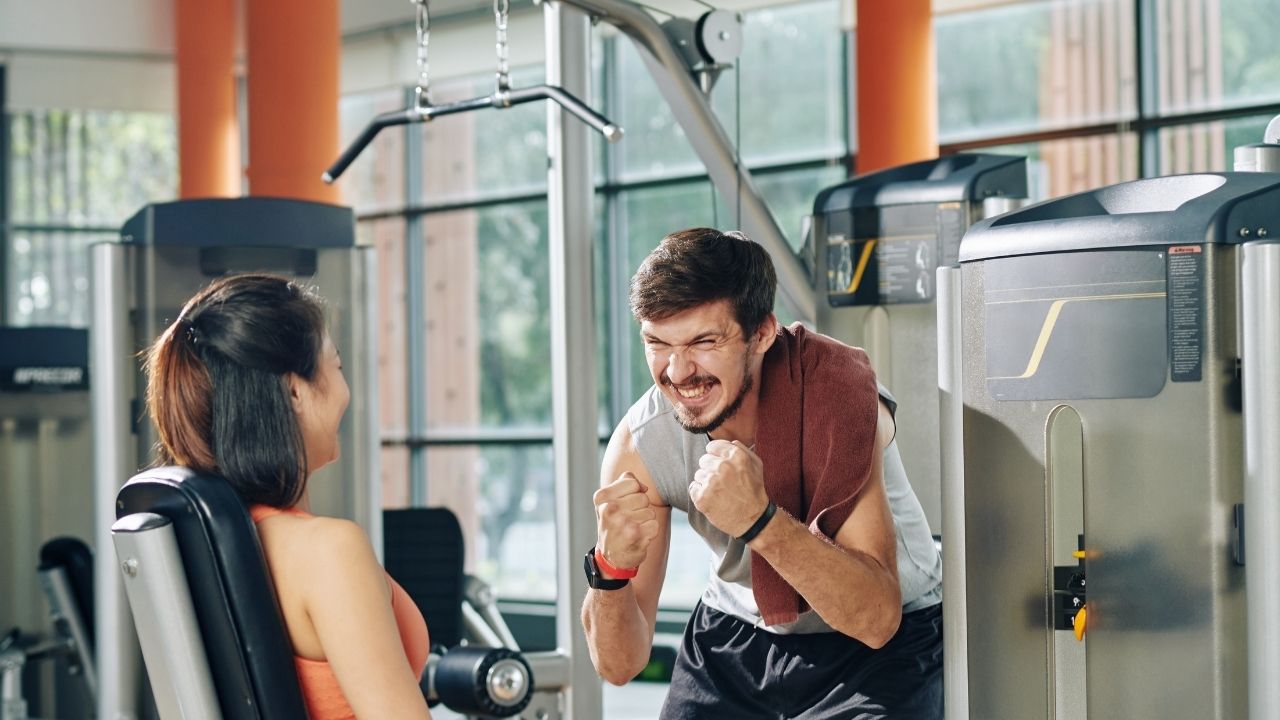
A spin class for beginners will require you to learn how to properly stand on the bike. The first class will be intense, so you'll want to arrive early so that you can meet the instructor. Also, bring a bottle of water and a towel, which will help keep you hydrated. Wear padded riding shorts. It's important to have clothing that keeps you cool as it can get very hot in class.
Start slow and easy if you are new to any sport. Spinning classes are a high-intensity cardiovascular workout, and you can burn as much as 675 calories per hour. Most beginners quit their classes after they get too uncomfortable in the saddle. To ensure the correct bike setup and saddle, it's a good idea not to be late to the class. If you have any questions, the instructor is always available to help.

A good tip is to bring water and a towel. Also, make sure you clip your shoes in before class starts. You can stop the spinning bike at any moment because they are equipped with brakes. A water bottle is an essential part of a good spin class. It's essential to have appropriate footwear for the class. Make sure your shoes are correctly adjusted to avoid any discomfort or pain during class.
For a class to be enjoyable, the right cycling shoes will be essential. The right pair of shoes should be able to clip onto the pedals so that your foot is in the middle of each pedal. A cycling shoe is a great option if you don't own a bicycle. You'll be safe and comfortable while you exercise. A bike trainer is a great option to make some noise. If you're a spin class beginner, it's best to check out a local gym or health club before signing up.
You can take a beginners' spin class regardless of your level and increase your fitness. The instructor of spinning should be certified in exercise and encourage their students work at their own pace. While some instructors may prefer to instruct from a standing posture, others prefer to hold the spinning wheel while standing. If you're an absolute beginner, make sure to find a class with a monitor that can display your heart rate. A monitor will help you to get off your bike during a workout.

It is important to be ready for a difficult workout when you start spinning. Some instructors are avid outdoor bikers, while others prefer group fitness. A certified instructor will help you set up your bike, and encourage you to work hard during the class. While you're learning the ropes, you should also be prepared to make mistakes. To avoid embarrassing yourself, you should arrive on time for your first class.
FAQ
What is the difference between calories and kilocalories in food?
Calories are units that measure how much food has energy. Calories are the unit of measurement. One calorie is the amount of energy required to heat one gram water one degree Celsius.
Kilocalories refer to calories in another term. Kilocalories equal one thousandth of a calorie. 1000 calories is one kilocalorie.
How do I get enough vitamins?
You can obtain most of your daily requirement through diet alone. Supplements are available if you are deficient. A multivitamin can contain all the vitamins that you need. You can also get individual vitamins from your local pharmacy.
Talk to your doctor if there are any concerns about getting enough nutrients. Dark green leafy vegetables like spinach, broccoli and kale, as well as turnip greens and mustard greens such as turnip and mustard greens and bok choy, are rich in vitamins K & E.
If you are not sure how much vitamin you should be consuming, ask your doctor. Based on your medical history, and your current health status, your doctor will recommend the right dosage.
What are the 7 tips to have a healthy life?
-
You should eat right
-
Exercise regularly
-
Rest well
-
Drink lots of water
-
Get enough rest
-
Be happy
-
Smile often.
Statistics
- In both adults and children, the intake of free sugars should be reduced to less than 10% of total energy intake. (who.int)
- This article received 11 testimonials and 86% of readers who voted found it helpful, earning it our reader-approved status. (wikihow.com)
- According to the Physical Activity Guidelines for Americans, we should strive for at least 150 minutes of moderate intensity activity each week (54Trusted Source Smoking, harmful use of drugs, and alcohol abuse can all seriously negatively affect your health. (healthline.com)
- According to the 2020 Dietary Guidelines for Americans, a balanced diet high in fruits and vegetables, lean protein, low-fat dairy and whole grains is needed for optimal energy. (mayoclinichealthsystem.org)
External Links
How To
What does the "vitamins” word mean?
Vitamins are organic compounds that can be found in foods. Vitamins are essential for our bodies to absorb nutrients from the foods we eat. Vitamins cannot come from the body so food must provide them.
There are two types: water-soluble and fat-soluble vitamins. Water-soluble vitamins dissolve in water easily. These include vitamin C (thiamine), Vitamin B1 (riboflavin), Vitamin B2 (riboflavin), Vitamin B3 (niacin), Vitamin B6 (pyridoxine), Vitamin C, B1 (thiamine), Vitamin B2 (riboflavin), Vitamin B3 (niacin), and Vitamin B6 (pyridoxine). Fat-soluble vitamins can be stored in the liver or in fatty tissue. Vitamin D, E, K and A are some examples.
Vitamins are classified according to their biological activity. There are eight major types of vitamins:
-
A - Vital for normal growth and maintaining good health.
-
C - important for proper nerve function and energy production.
-
D - Essential for healthy teeth and bones.
-
E - needed for good vision and reproduction.
-
K - Required for healthy nerves and muscles.
-
P – vital for building strong bones.
-
Q - aids digestion and absorption of iron.
-
R is required for the production of red blood cells.
The recommended daily intake (RDA), of vitamins varies with age, gender and physical condition. The U.S. Food and Drug Administration sets RDA values.
For adults aged 19 and older, the RDA for vitamin B is 400 micrograms daily. For fetal development, pregnant women need 600 mg per day. Children ages 1-8 require 900 micrograms per day. For infants younger than one year, 700 micrograms are required daily. However, this number drops to 500 micrograms each day for children aged 9-12 months.
Children aged between 1-18 years require 800 micrograms of sugar per day, while overweight children need 1000 micrograms. Children who are underweight receive 1200 micrograms every day to meet their nutritional requirements.
Children between 4 and 8 years old with anemia will need 2200 micrograms daily of vitamin C.
2000 micrograms are required daily for good health in adults over 50. Mothers who are pregnant, nursing, or have a high nutrient need will require 3000 micrograms a day.
Adults over 70 years of age need 1500 micrograms per day since they lose about 10% of their muscle mass each decade.
Women who are pregnant and lactating need more nutrients than the RDA. Pregnant women need 4000 micrograms per dayduring pregnancy and 2500 micrograms per day after delivery. Breastfeeding mothers need 5000 mg per day when breastmilk is being produced.